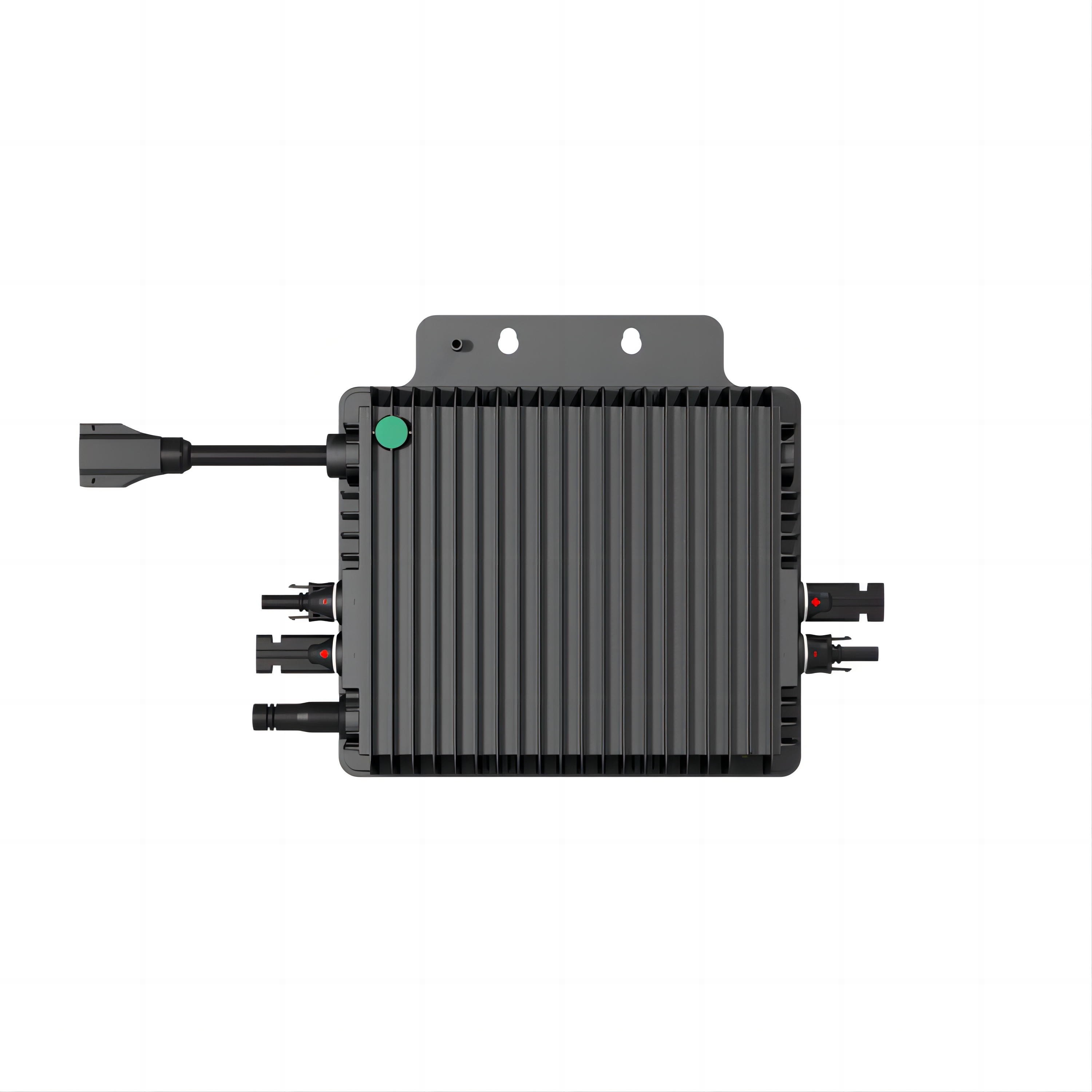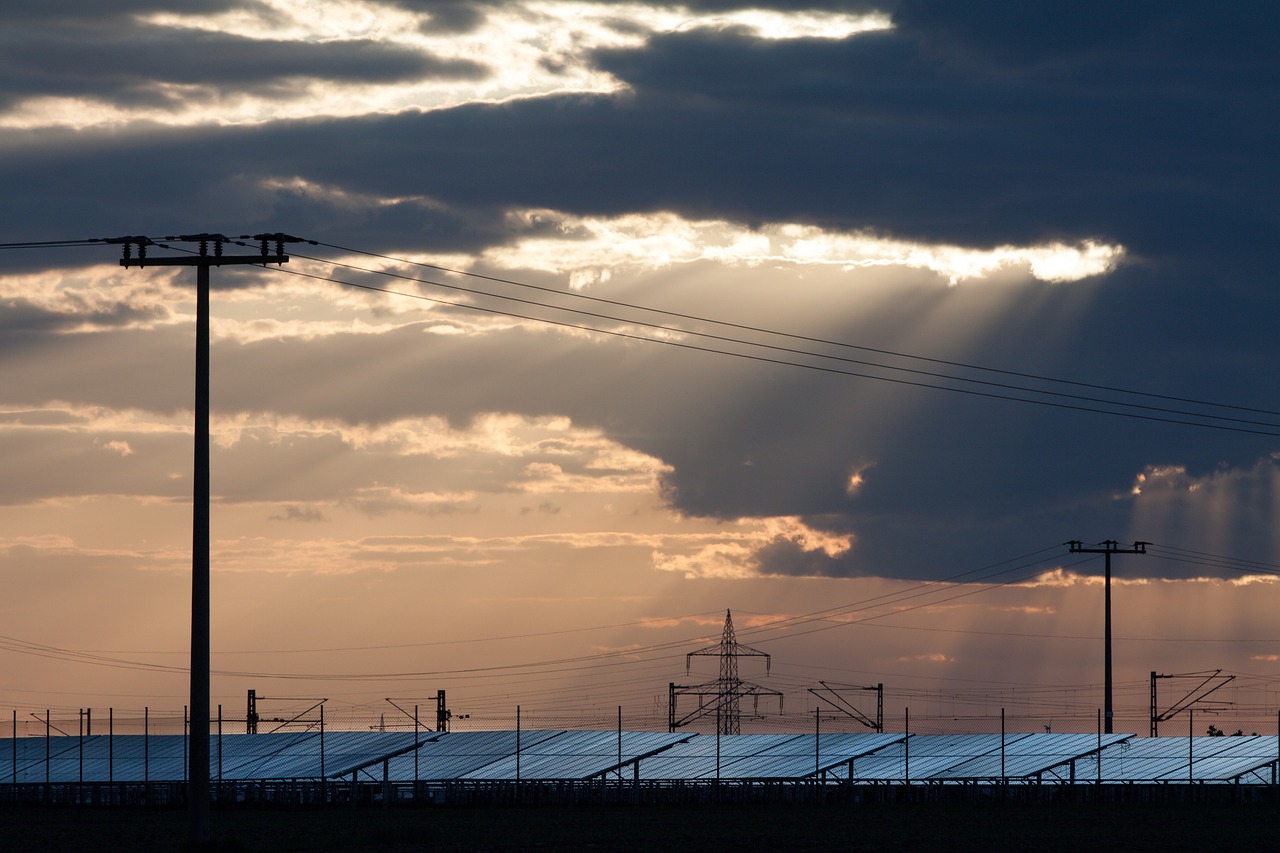Solar inverters are crucial components of any solar energy system, converting the direct current (DC) electricity generated by solar panels into alternating current (AC) for household use. Among the most common types are microinverters and string inverters. Each has its strengths and drawbacks, depending on your system’s design, energy needs, and environmental factors. This article breaks down the key differences between microinverters and string inverters, helping you make an informed choice.
What Are Microinverters and String Inverters?

|
Feature |
Microinverters |
String Inverters |
|
Definition |
Small devices installed on each solar panel. |
A single, centralized device for multiple panels. |
|
Functionality |
Converts DC to AC at the panel level. |
Converts DC to AC for all connected panels. |
1. Performance in Shaded Conditions

· Microinverters: Perform better under partial shading. Each panel operates independently, meaning shading on one panel won’t affect the others.
· String Inverters: Shading on one panel can reduce the output of the entire string, leading to energy losses.
If your solar array is exposed to trees, buildings, or other obstructions, microinverters may be a more efficient choice.
2. Energy Efficiency
· Microinverters: Allow for maximum energy harvest, as each panel works independently. This makes them ideal for systems with varying panel orientations or mismatched panels.
· String Inverters: Energy production is limited by the weakest-performing panel in the string. They are better suited for uniform panel installations in unobstructed areas.
3. Installation and Costs
|
Aspect |
Microinverters |
String Inverters |
|
Installation Complexity |
Higher, as each panel requires an individual microinverter. This adds time and effort. |
Lower, as only one device connects to a string of panels. Simpler wiring. |
|
Initial Costs |
Higher upfront cost due to multiple devices and labor-intensive setup. |
Lower upfront cost with fewer components and quicker installation. |
|
Long-term Costs |
Lower, as panel-level independence reduces downtime and maintenance costs. |
Potentially higher, as a single point of failure can impact the entire system. |
|
Upgradability |
Easy to add new panels without impacting the system's design or performance. |
Requires careful planning to maintain balance and might need additional components. |
|
Suitable for |
Smaller to medium installations, complex roof layouts, or shaded areas. |
Large installations with uniform panel orientation and no shading issues. |
While microinverters are more expensive to install, they often result in higher long-term returns through increased energy efficiency and system reliability.
4. Maintenance and Reliability
· Microinverters: Higher reliability due to panel-level independence. If one microinverter fails, the rest of the system continues to operate.
· String Inverters: A single point of failure can disrupt the entire system. However, repairs are generally less complex and more affordable.
5. System Monitoring
· Microinverters: Provide detailed, panel-level monitoring, allowing users to identify and resolve issues quickly.
· String Inverters: Offer monitoring at the string or system level, providing less granular insights.
For users seeking precise data and proactive maintenance, microinverters are a clear winner.
6. Scalability
· Microinverters: Highly scalable. Adding new panels is straightforward since each panel operates independently.
· String Inverters: Adding panels often requires reevaluating the string’s balance and may necessitate additional equipment.
When to Choose Microinverters
Microinverters are ideal for:
· Complex roof designs with multiple orientations.
· Locations with shading issues.
· Users prioritizing system reliability and detailed monitoring.
· Small to medium-sized solar arrays.
When to Choose String Inverters
String inverters work best for:
· Uniform solar arrays with no shading.
· Cost-conscious users seeking a lower upfront investment.
· Large-scale commercial installations.
Conclusion

Choosing between microinverters and string inverters depends on your specific needs. Microinverters offer superior efficiency, shading tolerance, and monitoring capabilities, while string inverters provide a more cost-effective solution for straightforward installations. Evaluating your solar energy goals, environmental conditions, and budget is key to making the right choice.
At MUSHROOM SOLAR, we specialize in providing cutting-edge microinverter solutions designed to maximize solar efficiency and reliability. Our products are tailored to meet diverse solar energy needs, ensuring sustainable and high-performing systems for residential and commercial applications. Explore our range of innovative solar solutions on our official website, and let us help you power your future with precision and sustainability.


